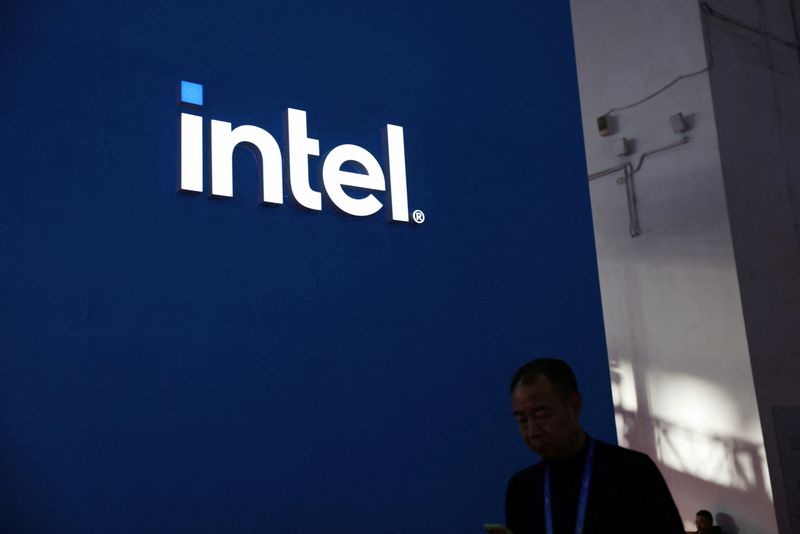ION expands ETF trading capabilities with Tradeweb integration
Investing.com -- Intel shares closed 22.7% higher on Thursday at $30.57, a level not seen since July 2024, after Nvidia announced a $5 billion investment in the chipmaker.
Nvidia on Thursday said it plans to purchase $5 billion of Intel shares at $23.28 per share. The investment comes as part of a broader collaboration between the two semiconductor giants to develop multiple generations of custom data center and PC products.
The news also drove shares of NVIDIA higher. The AI giant’s stock closed up 3.5%.
The partnership will focus on connecting Nvidia and Intel architectures using Nvidia NVLink technology, combining Nvidia’s AI and accelerated computing capabilities with Intel’s CPU technologies and x86 ecosystem.
Under the agreement, Intel will build Nvidia-custom x86 CPUs that Nvidia will integrate into its AI infrastructure platforms. For personal computing, Intel will develop x86 system-on-chips that incorporate Nvidia RTX GPU chiplets, which will power various PCs requiring integration of high-performance CPUs and GPUs.
At a joint Nvidia/Intel conference call midday on Thursday, Nvidia CEO Jensen Huang said that he believes the "return on Intel investment will be fantastic," adding that the company is also "becoming major customer of Intel server CPUs," as well as "evaluating Intel’s foundry technology."
Analysts at Baird view the announcement as "a clear win for Intel’s CEO which has aimed to secure at least one flagship client in manufacturing," adding that the deal "will promote market share gains and foundry revenue growth." Additionally, they see it as positive "for Nvidia (TAM expansion), for Rambus (x86 demand resurgence and higher content in AI architectures), and for Micron. Some headwind for AMD (combination of CPU and GPU leaders). Neutral at best for custom ASICs (Nvidia’s custom x86 CPUs could potentially reduce AI BOMs in certain applications)."
Wedbush echoed the positive sentiment, noting that the "announcement further strengthens the US lead in the AI Arms Race against China," and turns Intel "from a laggard to a catalyst."
Speaking of the broader impact on the semiconductor space, Wolfe Research sees the deal as "very marginally negative for AMD (since it potentially makes INTC a bit more competitive), and also very marginally negative for ARM (since it makes x86 more competitive on NVDA’s AI platforms)."
This announcement follows August agreement between Intel and the Trump Administration, which included an $8.9 billion government investment in Intel. That investment comprised $5.7 billion in previously awarded but unpaid grants under the U.S. CHIPS and Science Act, plus $3.2 billion from the Secure Enclave program.
The impact of the news is being felt widely throughout the semiconductor space.
On the downside, shares of AMD (NASDAQ:AMD) fell 0.8%, ARM (NASDAQ:ARM) fell 4.5%. Meanwhile, on the upside, Taiwan Semiconductor Manufacturing (NYSE:TSM) rose 2.2%, Lam Research Corp (NASDAQ:LRCX) gained 3.6%, KLA Corporation (NASDAQ:KLAC) gained 5.7%, and Synopsys Inc (NASDAQ:SNPS) gained 12.9%, among others.
